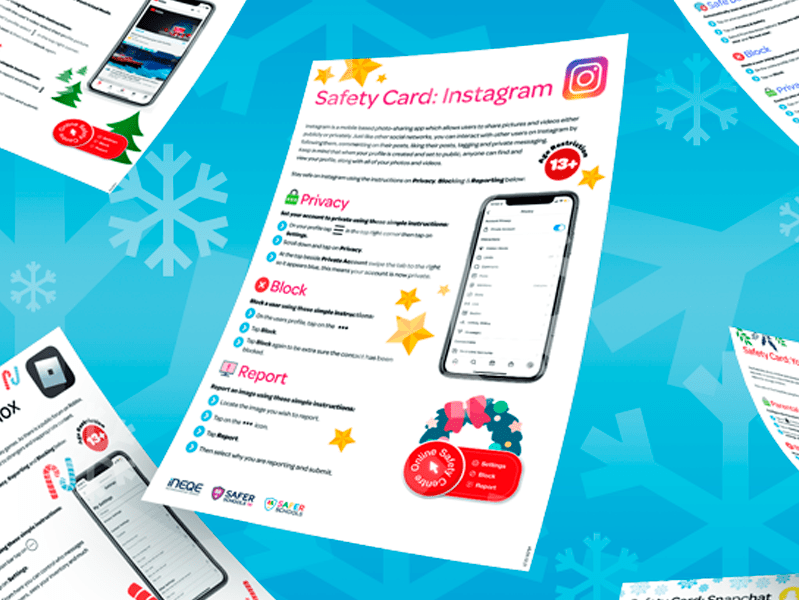After these last two years, one type of online socialising has taken over how people from all over the world interact with one another at the same time. ‘Livestreaming’ happens when a video is broadcast and received in real-time over the internet. It’s the closest we can get to in-person socialising using online interaction. The real-time interaction can feel personal and intimate, which may explain its vast popularity with the fans of celebrities and influencers.
When users ‘go live’, viewers can interact with the livestream by sending gifts, comments, or reactions. Viewers might also receive notifications to encourage them to watch livestreams from people they follow (i.e. @SantaClaus1 has gone live. Watch now!)












